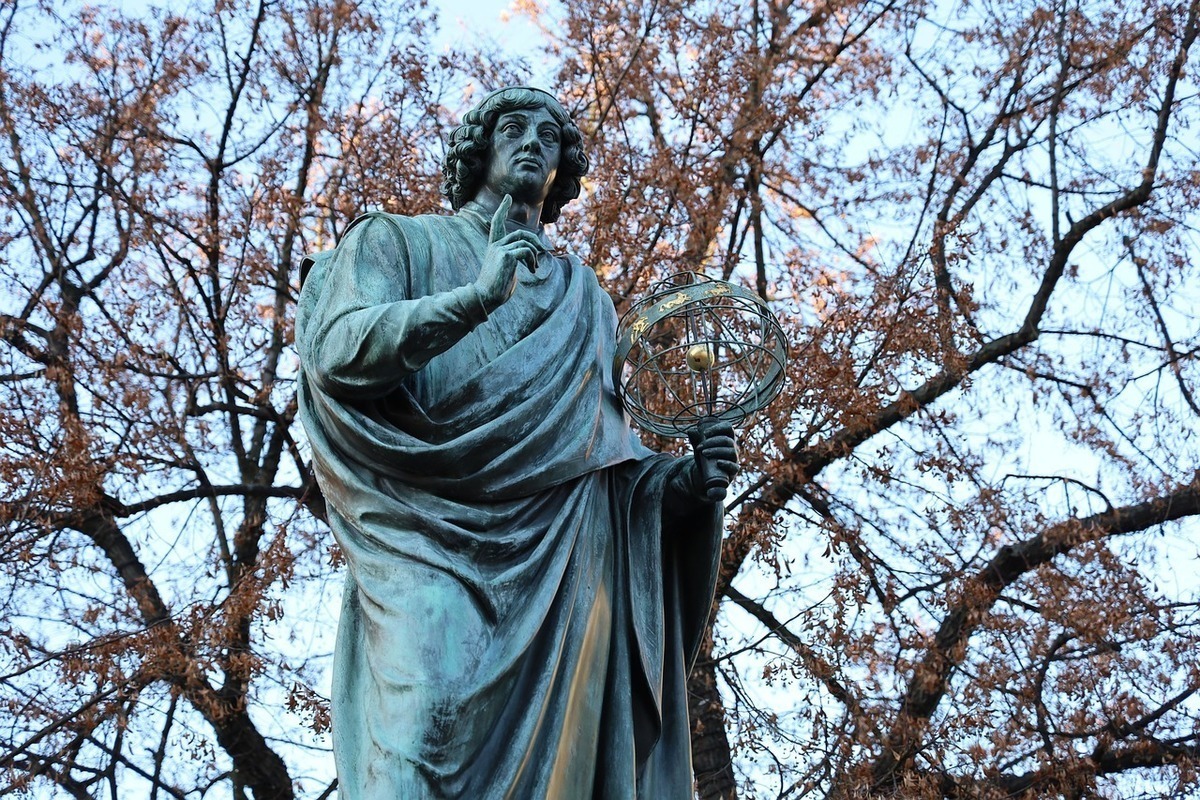The real burial of Nicolaus Copernicus was found under the altar of a cathedral in Poland
[ad_1]

Nicolaus Copernicus went down in history as the astronomer who, five centuries ago, explained that the Earth revolves around the Sun, and not vice versa. For a long time, his grave could not be found, although the scientist was buried in the cathedral. After an extended search, she was found under the altar. A study published in 2024 with a high degree of probability, according to scientists, showed the exact location of Copernicus’ burial.
After Copernicus died in 1543 in Frombork, Poland, he was buried in the local cathedral, but more than 100 people are buried there – most of these graves are unmarked.
In the 16th and 17th centuries, several unsuccessful attempts were made to locate the remains of Copernicus. One of them was undertaken by Emperor Napoleon after the Battle of Eylau in 1807. Bonaparte highly regarded Copernicus as a polymath, mathematician and astronomer.
Historians believed that Copernicus was buried nearby in a certain place in the cathedral. They were guided by the theory of the historian Jerzy Sikorski, who argued that Copernicus, who served as a canon in this temple, should have been buried next to the altar of St. Wenceslas, now known as the altar of the Holy Cross.
Thirteen skeletons were discovered near this altar, including an incomplete skeleton belonging to a man between 60 and 70 years of age. The latter was most likely identified as the skeleton of Copernicus. The skull served as the basis for facial reconstruction.
In addition to morphological studies, DNA analysis is often used to identify historical or ancient remains. In the case of the supposed remains of Copernicus, genetic testing was possible due to the well-preserved teeth.
A significant problem was identifying descendants whose DNA could be used for comparative analysis. For a long time, historians were not aware of the remains of any relatives of Copernicus.
However, in 2006, a new source of DNA reference material became available. Among the pages of the astronomical reference book that Copernicus used for many years, hair was discovered.
This book was taken to Sweden as a war booty after the Swedish invasion of Poland in the mid-17th century. It is currently in the possession of the Uppsala University Museum.
Careful examination of the book revealed several hairs that were thought to probably belong to the book’s primary user, Copernicus himself. Consequently, these hairs were identified by scientists as potential reference material for genetic comparison with the teeth and bone matter recovered from the tomb.
The hair was compared with DNA from the teeth and bones of the discovered skeleton. Both the DNA from the teeth and the DNA from the skeleton matched the DNA from the hair, strongly suggesting that the remains were indeed those of Nicolaus Copernicus.
An interdisciplinary effort involving archaeological excavations, morphological studies and in-depth DNA analysis has led to the compelling conclusion that the remains discovered near the altar of the Holy Cross in Frombork Cathedral are very likely those of Nicolaus Copernicus. This monumental discovery not only sheds light on the final resting place of one of the most influential figures in the history of science, but also demonstrates the depth and great power of modern scientific methods to confirm historical data.
Nicolaus Copernicus was born in Toruń in 1473, the youngest of four children in the family of a local merchant. After his father’s death, Copernicus’s uncle took responsibility for his education. The young scientist initially studied at the University of Krakow from 1491 to 1494, and then at the Italian universities of Bologna, Padua and Ferrara. After studying medicine, canon law, mathematical astronomy and astrology, Copernicus returned home in 1503. He then worked for his influential uncle, Lucas Watzenrode the Younger, who was the Prince-Bishop of Warmia.
Copernicus worked as a doctor while continuing his research in mathematics. At that time, both astronomy and music were considered branches of mathematics.
During this period he developed two economic theories. Thus, in 1517, he created the quantity theory of money, which was later developed and revised by John Locke and David Hume and popularized by Milton Friedman in the 1960s. In 1519, Copernicus also introduced the concept now known as Gresham’s Law, a monetary principle governing the circulation and valuation of money.
Copernicus’s greatest contribution to science was his revolutionary model of the universe. Contrary to the prevailing Ptolemaic model, which argued that the Earth was the fixed center of the Universe, Copernicus was convinced that the Earth and other planets revolved around the Sun.
In addition, Copernicus was able to compare the dimensions of planetary orbits, expressing them in terms of the distances between the Sun and the Earth.
Copernicus was wary of how his work would be received by the church and fellow scientists. His main work, De Revolutionibus Orbium Coelestium (On the Movement of the Celestial Spheres), was published shortly before his death.
[ad_2]
Source link








